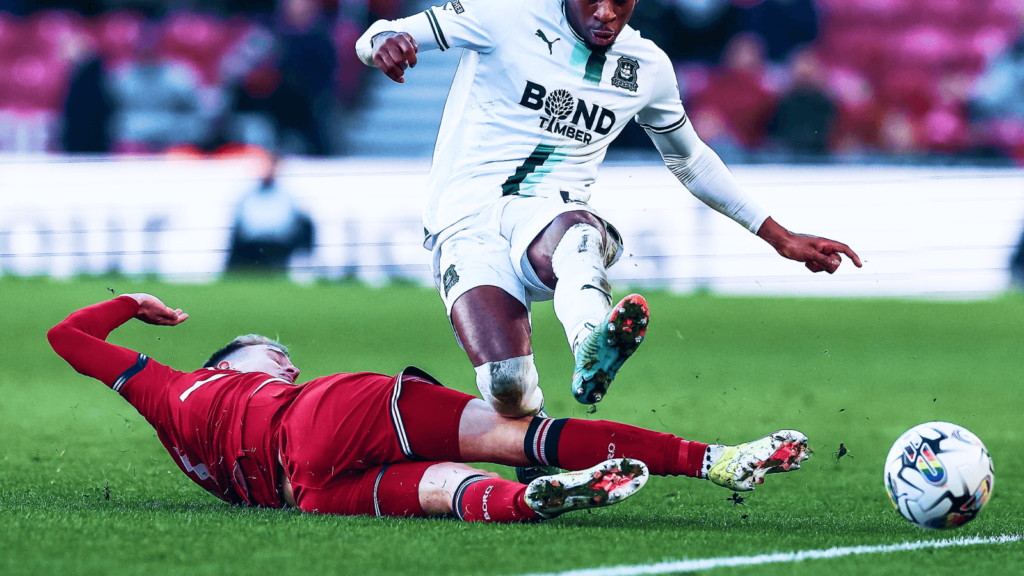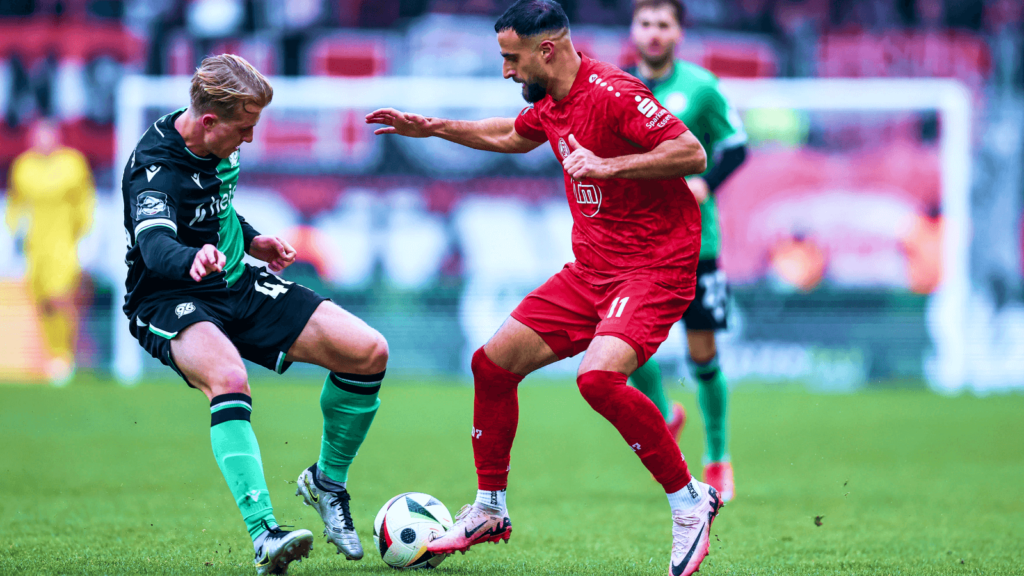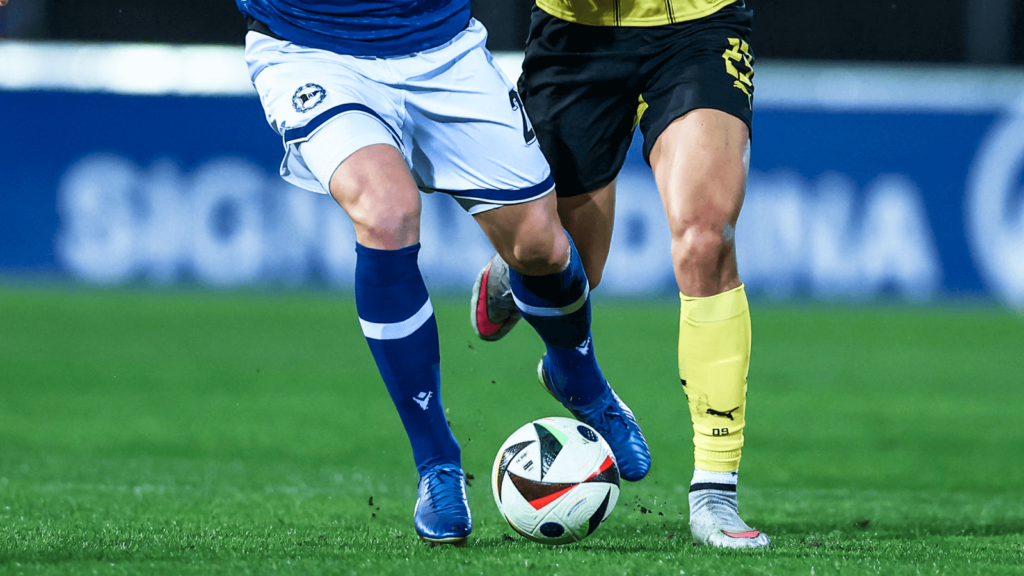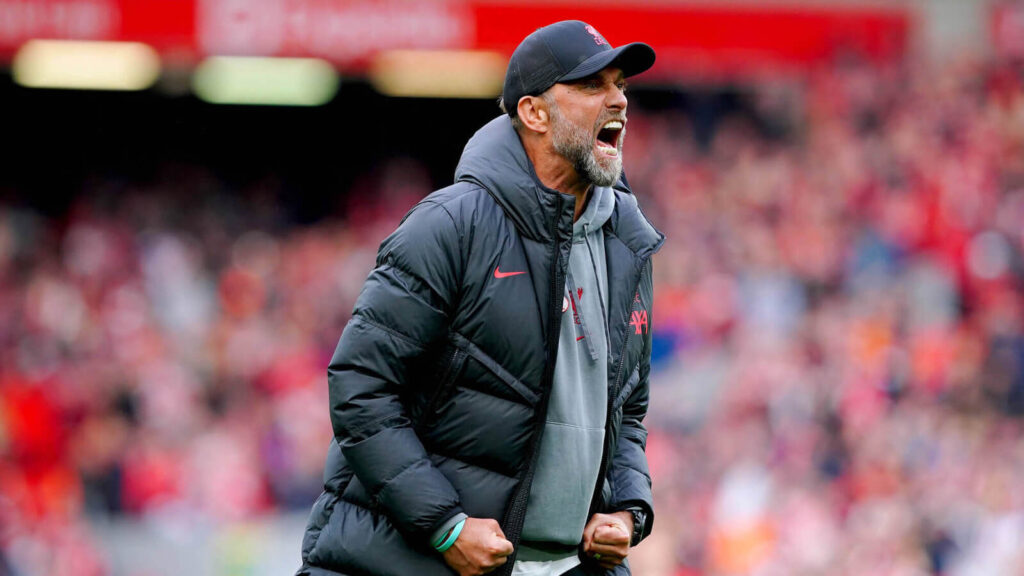The modern game is different from the past, but few tactics have made as strong a mark, like that of Gegenpressing. The high-energy system advocated by German coach Jürgen Klopp is a way of strong pressing, depended on immediately winning the ball back after losing it. This article discusses what Gegenpressing is, how it is used by Klopp and why it literally changed the tactics of today’s modern football.
What is Gegenpressing?
Gegenpressing is a German word meaning counter-pressing. In this system, pressing continues until losing the ball, and then the team falls back to defend. This is the usual way to regain possession quickly, often in just a few seconds. It involves super-fast responses, giving no time for the other side to think or breathe.

As Klopp explained: “No playmaker in the world can be as good as a good counter-pressing situation.” In simple words, he believes that pressing hard right after losing the ball, can create goal chances faster than slow build-up play. Unlike old-fashioned defense, which waits for the opponent to come forward, Gegenpressing goes attack against attack. It converts availability into attack, making it very powerful.
How Klopp Introduced It at Borussia Dortmund
Klopp managed Dortmund, bringing Gegenpressing to the club from 2008-2015. He had a very young and dynamic team and trained them to press really hard, right from the moment the ball was lost. At Dortmund, Klopp largely favored a 4-2-3-1 system. The two holding midfielders (often Bender and Gündoğan) would provide cover, balance, while the front four partook in the press. The configuration also allowed the wide attackers to go high, cut off the passing lanes, and once the ball was regained, the full-backs came in from behind.
During transitions, the defense line quickly pushed up, midfielders immediately run to close the central spaces, and forwards chased the ball. After the recovery, Dortmund performed very quick vertical attacks through the middle or along the width by catching opponents off guard. This meant that all back players would go up and midfielders would cut off passing options, while forwards chased the ball. Such a zonal moving defense would soon find itself giving a very difficult time to their opponent from anywhere. It worked wonders as they won back-to-back Bundesliga titles in 2011 and 2012. Additionally, they also reached the UEFA Champions League finals in 2013. It proved that defense starts at attack and that losing the ball is not being in trouble, rather losing it might be a chance to win it back and strike fast.

Carrying it to Liverpool
When he joined Liverpool in 2015, Klopp introduced his counter-pressing ideas there. Initially, the team played differently from his style. Pressing needs huge energy and much understanding between players, which usually takes time to build. While he was in Liverpool (2015-2024), Klopp developed his style. In his starting years, he was still under the 4-2-3-1 formation. But during his prime years, he transformed it into 4-3-3, with an interchangeable front three and robust midfield. Slowly, he built a squad fitting that style by scouting fast and intelligent players such as Mohamed Salah, Sadio Mané and Roberto Firmino. He also went for midfielders like Fabinho and defenders like Virgil van Dijk, who could bear the backline pressure when the pressing was in full throttle.

The 2018-19 season saw Liverpool pressing in far better and smarter fashion. There was no longer simple running- press with a purpose. That year, they conquered Europe, winning the Champions League and hoisted the Premier League trophy after 30 long years one year later. It was now a complete Klopp version of Gegenpressing – aggressive, intelligent and balanced.
More about how Klopp used Gegenpressing to change the history of Borussia Dortmund and Liverpool, you can read on this link.

Klopp’s Gegenpressing Hallmarks
- Everyone Works Together
The moment it loses the ball, the whole team presses. The forwards hold up the opposition’s passing options; the midfielders quickly close space, the defenders push up along the line. Simply put, the whole team runs as one.
- Press with a Plan
There is marking and chasing, but not just running after the players. It is often triggered with a bad first touch, a risky pass or a tight situation. Such things come under pressing triggers.
- Stay Compact
The entire team has to stay very close together on the ground. It makes up for all their efforts while covering the field in a shorter time and becomes even easier to win the ball back.
- Fast Attacks After Winning the Ball
Once the ball is won back, the team attacks immediately. They deploy high-speed passes to reach the goal while the other team is still out of shape.
- High Defensive Line
The defending is kept very high up the pitch, where much of the action will take place in the opponent’s half. So, there will always be an opportunity for the team to press high and regain possession of the ball nearer the goal.

Changing the Way Teams Attack and Defend
Gegenpressing completely transformed the vision of the coaches, regarding transitions in football.
Defensive transition: For all the teams, losing the ball used to mean automatically falling back into defense. Klopp’s teams, however, mostly move forward and try to win it right away, which may sound a bit bold but works.
Offensive Transition: And when the ball is recovered, the team waits for momentum to build. They up the tempo with violent passes and fast breaking sprints into the opposition’s net while the opponent is outnumbered in their territory.
In an instant, defense morphs into attack; there is no long construction of attacks. The team that lost the ball moments ago, now becomes the team chasing shadows. Klopp uses sports science, which tracks the fitness and recovery of players. He also rotates his players regularly and keeps the squad motivated. “Heavy metal football,” as he famously coined the term, is all about speed, loudness and energy with no respite.

Influence on Other Teams
Gegenpressing did not stick only with Klopp for a long time. Many of the top managers have taken to its routines or have mixed parts of it with theirs. Some of those managers are Thomas Tuchel, Julian Nagelsmann and even Pep Guardiola (Here you can read more about Pep Guardiola and his influence on football).
Pressing has become part of nearly every major team’s game plan. It is not strange to come across teams that press high, cut off passing lanes and chase after the ball after the loss of possession. What began as a special tactic by Klopp, has now become an integral part of modern football.
Why Gegenpressing still matters
Gegenpressing brought about a revolution. It foresaw that attacking is not all about the ball; it is about the speed at which you can get it back. With Klopp, this notion found itself at the core of a grand plan and he has demonstrated that it works.
Gegenpressing is visually attractive, efficient on the field and difficult to counter for opposing teams. It is more than just a tactic; it is an attitude-an approach requiring courage, energy and cooperation. That is why, even after all these years, the application of Gegenpressing is still relevant today.
